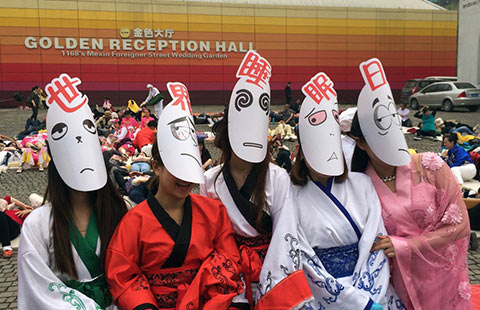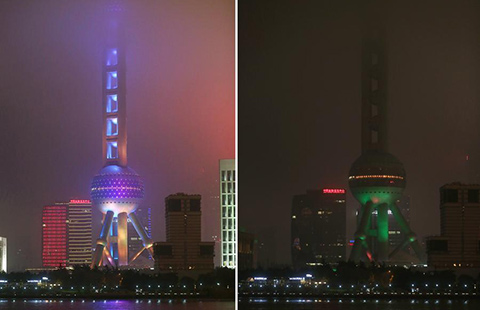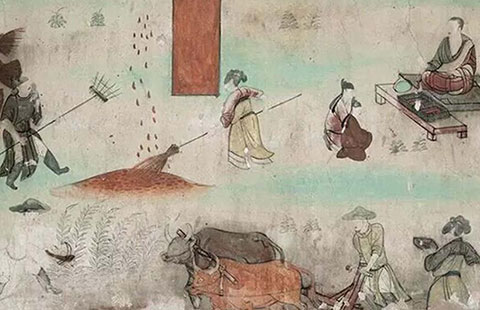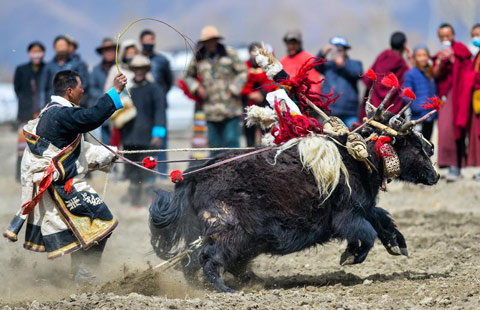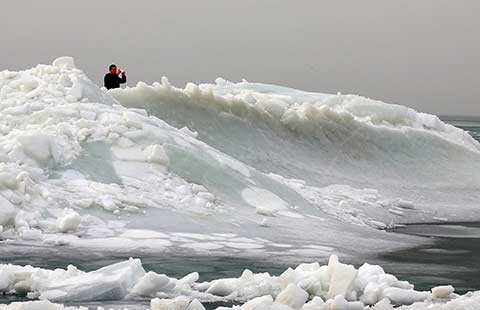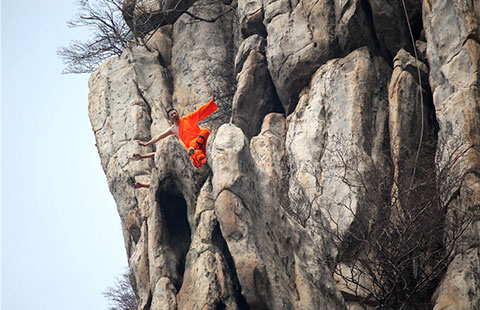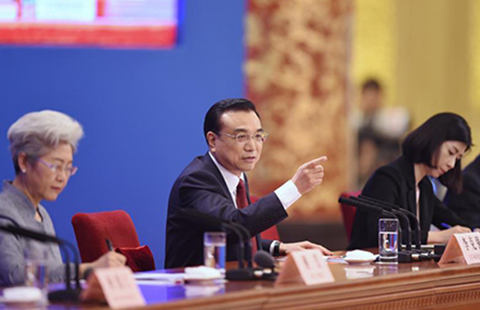

BEIJING - The sovereignty of the Diaoyu Islands has been settled by history and international laws, but not in the way Japanese Prime Minister Yoshihiko Noda claimed in New York on Wednesday.
The Diaoyu Islands have been China's sacred territory since ancient times -- a claim supported by historical facts and jurisprudential evidence.
There is a long list of historical facts to prove China's sovereignty over the Diaoyu Island and its affiliated islets in the East China Sea.
The Diaoyu Islands were first discovered, named and exploited by the Chinese people. The Chinese book "Voyage with a Tail Wind" recorded the names of islands that Chinese voyagers passed en route from Fujian to Ryukyu, such as "Diaoyu Islet" and "Chikan Islet," known today as Diaoyu Island and Chiwei Islet.
In 1561, the "Illustrated Compendium on Maritime Security" compiled by Zheng Ruozeng under the auspices of Hu Zongxian, the supreme commander of the southeast coastal defense of the Ming Dynasty (1368-1644) court, included the Diaoyu Islands on the "Map of Coastal Mountains and Sands" and incorporated them into the jurisdiction of the coastal defense of the Ming court.
Volume 86 of the "Recompiled General Annals of Fujian," a book compiled by Chen Shouqi and others in 1871, included the Diaoyu Islands as a strategic location for coastal defense and placed the islands under the jurisdiction of Gamalan, Taiwan.
Even the Japanese themselves agreed to that.
The book "Illustrated Outline of the Three Countries," written by the Sendai scholar Hayashi Shihei in 1785, was the earliest piece of Japanese literature to mention the Diaoyu Islands. In the "Map of the Three Provinces" and "36 Islands of Ryukyu" included in the book, the islands were painted the same color as the mainland of China, indicating that the Diaoyu Islands were part of China.
Moreover, the "Map of Great Japan," drawn up in 1876 by Japan's General Staff Office of the Ministry of the Army, the "Complete Map of the Ryukyu Islands" attached to the "New Annals of Ryukyu" published in Japan in 1873, the "Map of Great Japan with Rectified Prefectures" published in 1875, and a map of Okinawa published in the "Annals of Okinawa" in 1877 all excluded the Diaoyu Islands.
The territorial dispute around the Diaoyu Islands started with Japan's illegal occupation of the islands in the late 19th century and early 20th century.
In 1895, when the Qing Dynasty (1644-1911) government's defeat in the First Sino-Japanese War was all but certain, Japan illegally occupied Diaoyu Island and its affiliated islands. After that, Japan forced the Qing government to sign the unequal Treaty of Shimonoseki and cede to Japan "the island of Formosa (Taiwan), together with all islands appertaining or belonging to the said island of Formosa."
After the end of World War II, China recovered territory invaded and occupied by Japan, such as Taiwan and the Penghu Islands, in accordance with the Cairo Declaration and the Potsdam Proclamation. According to international law, Diaoyu Island and its affiliated islands have already been returned to China.
Treaties and pacts signed from the 1950s to the 1970s that have been cited by Japan as evidence to justify its claim over the Diaoyu Islands are in fact invalid and illegal.
In 1951, the Treaty of Peace with Japan, commonly known as the Treaty of San Francisco, a treaty that was partial in nature, was signed between Japan, the United States and other countries, placing the Ryukyu Islands under the trusteeship of the United States.
It should be noted that the Ryukyu Islands do not include the Diaoyu Islands, which are, in fact, part of China's territory.
In 1953, the United States Civil Administration of the Ryukyu Islands arbitrarily expanded its jurisdiction to include the Diaoyu Islands without jurisprudential basis to justify the action.
In 1971, Japan and the United States signed the Okinawa Reversion Agreement, which arbitrarily included the Diaoyu Islands as being part of territory and territorial waters that would be given back to Japan.
The Chinese government has, from the very beginning, firmly opposed and never acknowledged such backroom deals struck between Japan and the United States concerning Chinese territory.
Thus, the Japanese government's claim that the Diaoyu Islands are Japan's inherent territory and that there is no outstanding territorial dispute between Japan and China show a total disregard for historical facts and jurisprudential evidence.
Japan should face up to history, earnestly abide by international legal principles and cease all action that infringes on the territorial integrity and sovereignty of other countries.
There is no other way to resolve the issue peacefully and mend bilateral relations.
Foreign Minister Yang Jiechi met with his Japanese counterpart, Koichiro Gemba, in New York on Tuesday, while consultations regarding the Diaoyu Islands were held by Vice Foreign Minister Zhang Zhijun and Japanese Vice Foreign Minister Chikao Kawai in Beijing.
Noda's statement will only make the situation more complicated and does not represent a sincere desire to solve the problem.

